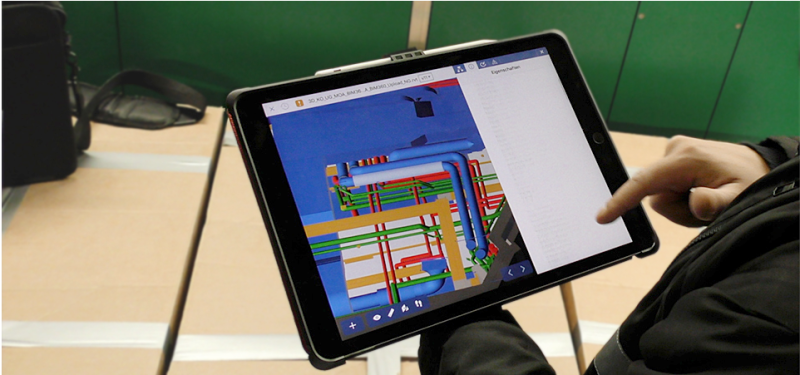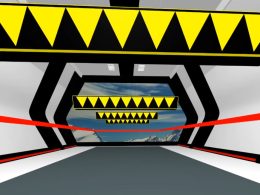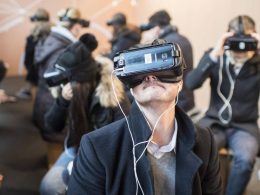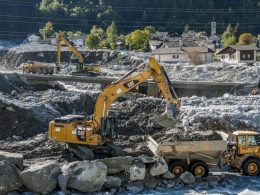The potential of augmented reality (AR) for civil engineering is huge. This is the opinion of the engineering firm Basler & Hofmann after two field trials. Pipelines could be marked out using AR glasses, for example.
In collaboration with the start-up company V-Labs GmbHwhich specialises in the development of software for Microsoft's Hololens AR glasses, the engineering firm Basler & Hofmann therefore carried out two field tests to investigate whether AR also brings added value to all parties involved in civil engineering and pipeline construction.
Know what is where
Unfortunately, local authorities, works and building contractors often don't know exactly what is under the road. "With AR, we can bring light into the darkness for our customers," says Regula Vedruccio, Head of Geoinformatics at Basler & Hofmann. The potential of the technology is huge: for example, it could be used to stake out pipelines with the help of AR glasses - without having the plans with you. In addition, municipalities and works could improve the quality of their pipeline data and contractors could ensure that they don't hit any pipes when digging. "As part of the two pilot tests, our team trialled two use cases: the use of AR for infrastructure management by municipalities and its use on construction sites by construction managers and contractors," says Vedruccio.
Simpler plant inspections
Basler & Hofmann maintains geoinformation systems (GIS) for numerous municipalities and works. This data forms the basis for road construction and infrastructure projects. In the first field test, the project team loaded the pipeline data of the municipality of Pfäffikon ZH onto the AR glasses. If the GIS data is available without height information, algorithms automatically prepare the data as a 3D model.
According to Vedruccio, the results were convincing: "The Hololens projected the pipeline data onto the ground with an accuracy of ten centimetres as we walked through the streets of the municipality. The position of the objects is continuously calculated and corrected as we walk using GPS." The V-Labs solution is therefore also suitable for entire areas or long streets. "During future inspections, municipalities and works can display the utility lines directly on the glasses - no more tedious interpretation of plans," says Vedruccio.
Target/actual comparison on the construction site
According to Vedruccio, the second field test on Eigenheimstrasse in Küsnacht ZH confirmed that AR also harbours great potential for construction managers and contractors. The project team used Hololens to make the digital twin of the road available on site - exactly where Basler & Hofmann was commissioned to plan a BIM civil engineering pilot project last year.
The construction work in Küsnacht had already been completed at the time of the field test. "Next, we want to test AR on an ongoing construction site," emphasises Vedruccio. She is convinced that the visualisation options with AR can also simplify communication about road and civil engineering projects - whether during the approval process or at project meetings.









